Technological disruptions are changing the landscape of logistics. Both private operators and governments are leveraging cutting-edge technologies to develop customer-centric, smart supply chains and enhance the efficiency of multi-modal logistics. Multi-modal logistics integrates multiple transport modes like rail, road, air and ships to create end-to-end, seamless transportation. The bets are high on streamlining the multi-modal logistics ecosystem because of the many benefits it promises- agile and shared mobility with optimal asset utilization, seamless connectivity, end-to-end visibility, unified payments system, last-mile delivery and cost effectiveness. Emerging Technologies like Artificial Intelligence (AI), Big Data & Analytics and blockchain technology promise to make logistics ready for Industry 4.0.
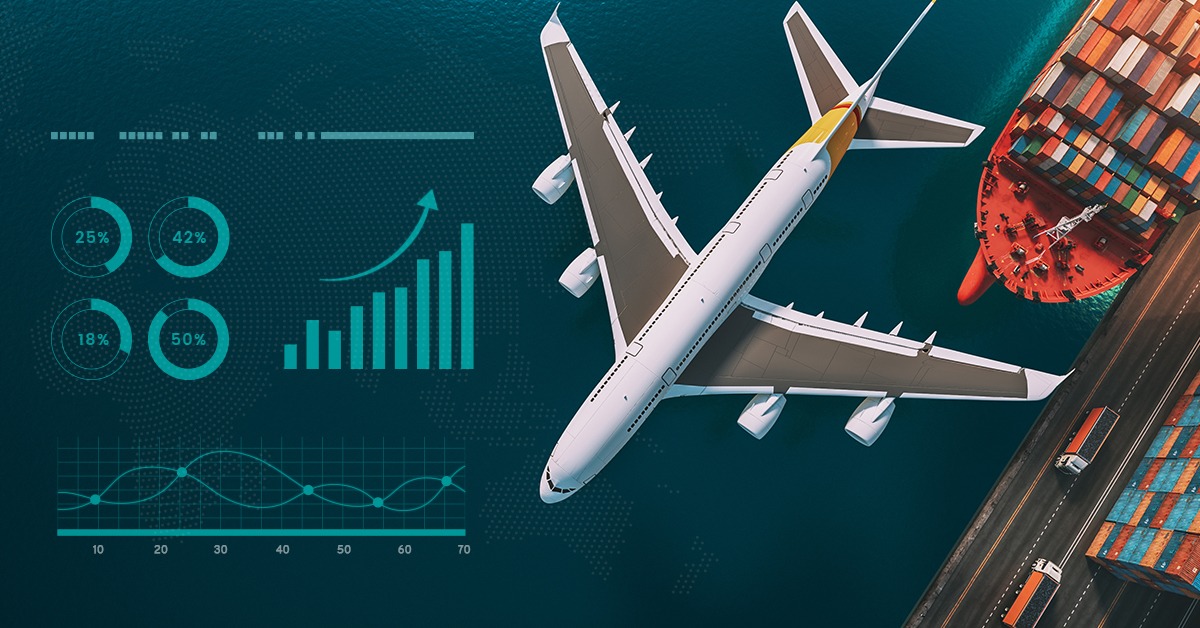
Going Multi-Modal to Cut Costs, Reduce TAT
Logistics costs are a barometer of a country's business competitiveness. India has been grappling with steep logistics costs- they currently account for 13 per cent of the GDP. To turn around the face of logistics, the Indian government has announced the ambitious Gati Shakti plan. It is a GIS-based initiative to cut logistics costs, increase cargo handling capacity at ports and reduce the turnaround time. Gati Shakti will complement the Rs 111-lakh-crore National Infrastructure Pipeline and integrate departments working in silos for the coordinated development of projects from roads to railways and aviation to agriculture. For enabling the smooth implementation of the new initiative, the government has pledged Rs 50,000 crore on 500 new multi-modal terminals by 2025. However, the multi-modal terminals would need applications of a confluence of technologies to make them cost-efficient and slash Turn Around Time (TAT).
To illustrate, Dubai-based DP World has launched its new digital logistics platform. The solution is designed to provide a single-window solution, enabling a more 'seamless' cargo movement. Hungary is developing Europe's first smart railway hub, managed by a 5G network empowered by Huawei's telecom equipment.
CSM Technologies' Digital Logistics Management System
The system is anchored to creating dispatch stacks/stockpiles after the run-of-mines are processed and recovered. The dispatches are scheduled based on the demand receipt and the production plans. Therefore, the transporter management module manages the dispatch of consignments to the buying entities on a day-by-day basis. Utilizing a combination of cutting-edge, mobile-ready interfaces, the system has dedicated functionalities for supporting and digitally empowering the weighment, loading, and quality control processes.
The platform boasts of seamless integration with third-party systems, such as the Railways' Freight Operations Information System (FOIS) and Port Management System. Besides multi-system integration, the system ensures compliance with regulatory procedures, making it the differentiator among similar solutions.
Visualizing Multi-Modal for The Future
Planning multi-modal for the future needs to focus on the Mobility-as-a-Service concept and delivering an omnichannel customer experience. While transportation should be personalized for attracting and retaining customers, the thrust should be on serviceability and reducing transportation costs through seamless integration. Hyperloop, where pods move at near-supersonic speeds inside sealed, low-pressure tubes, is a futuristic and viable transport option. Besides moving commuters, hyperloop promises to deliver cargo at lightning speed at optimal costs. Hyperloop systems can also be integrated with other transportation modes like container ports, railways, metro trains and bus rapid transit systems. Technology will be central to how we design and deliver on logistics.






































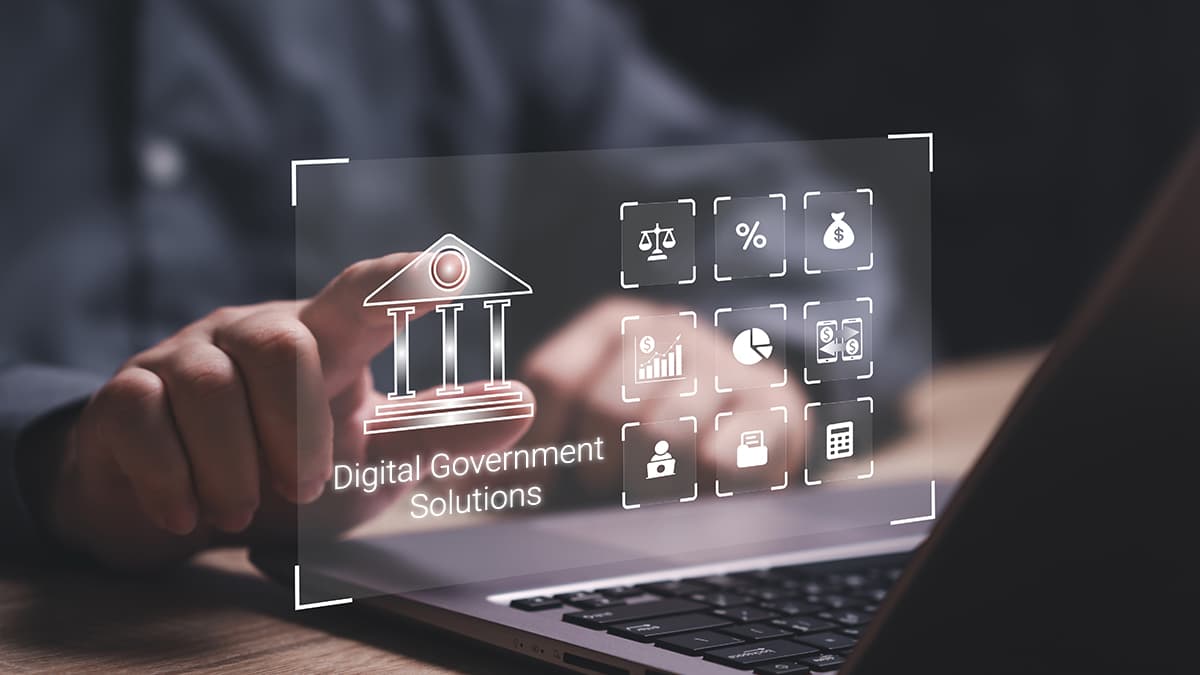
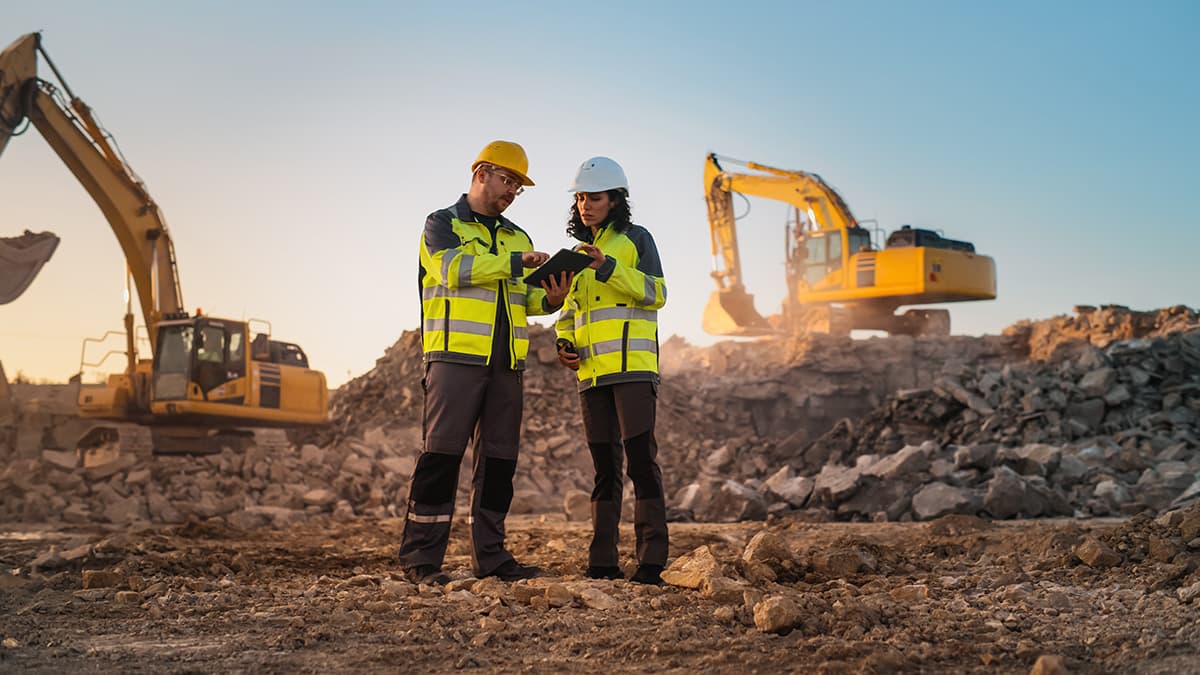
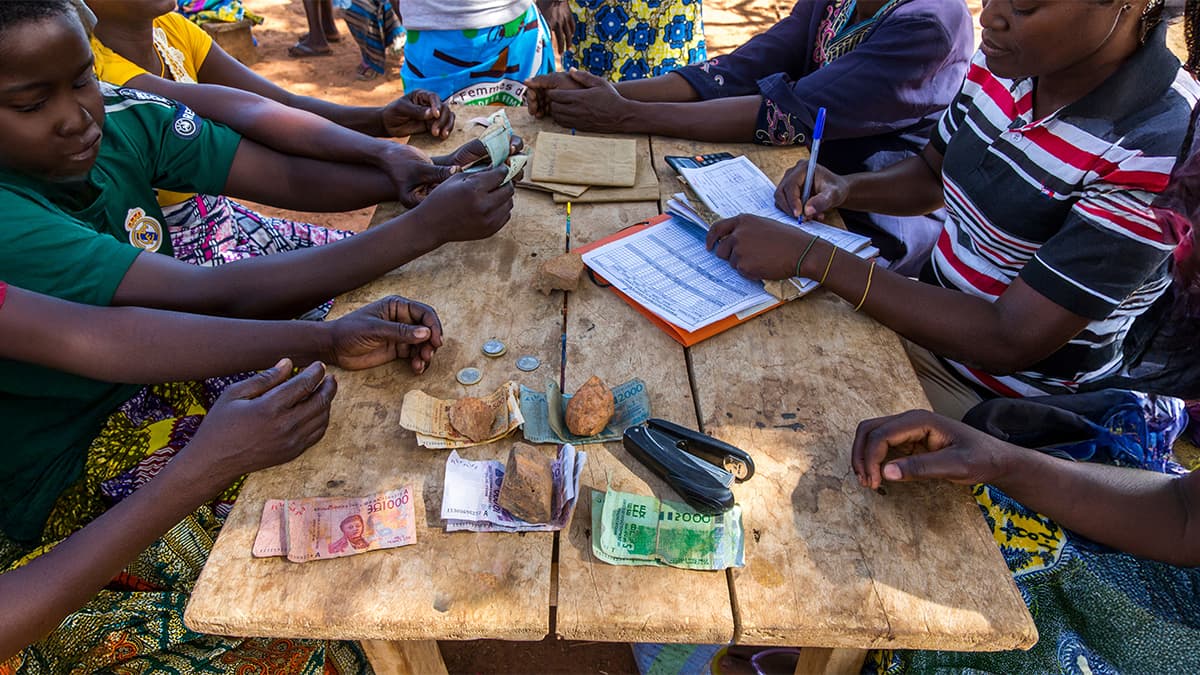




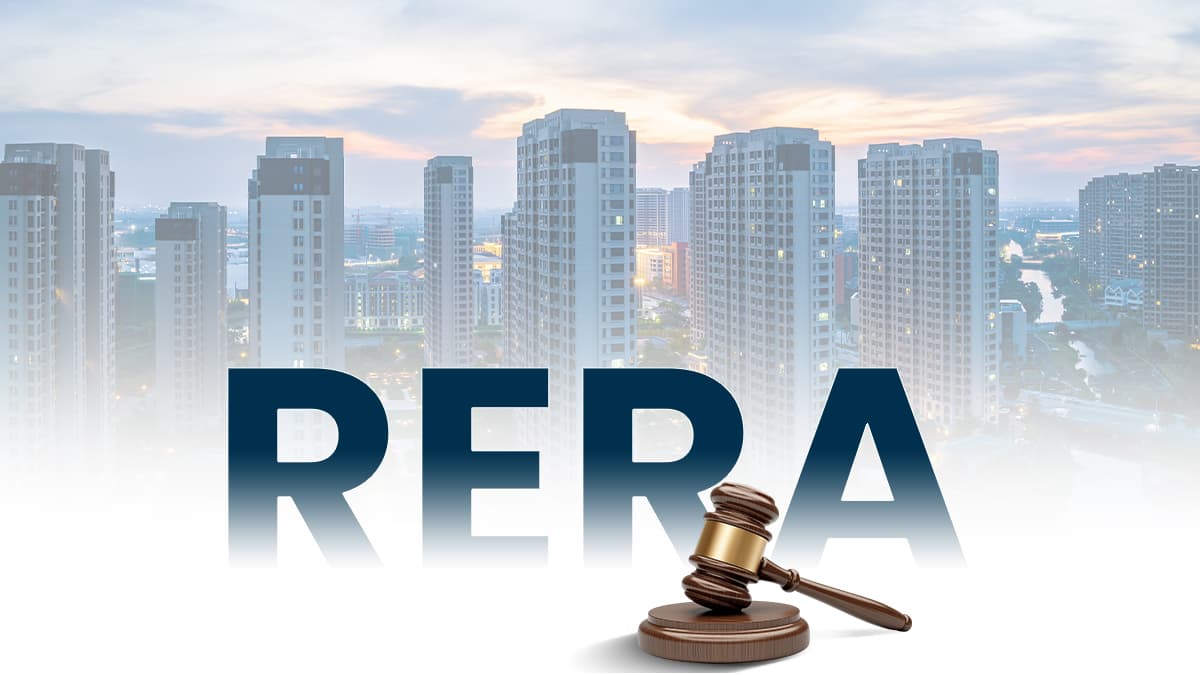












We will verify and publish your comment soon.